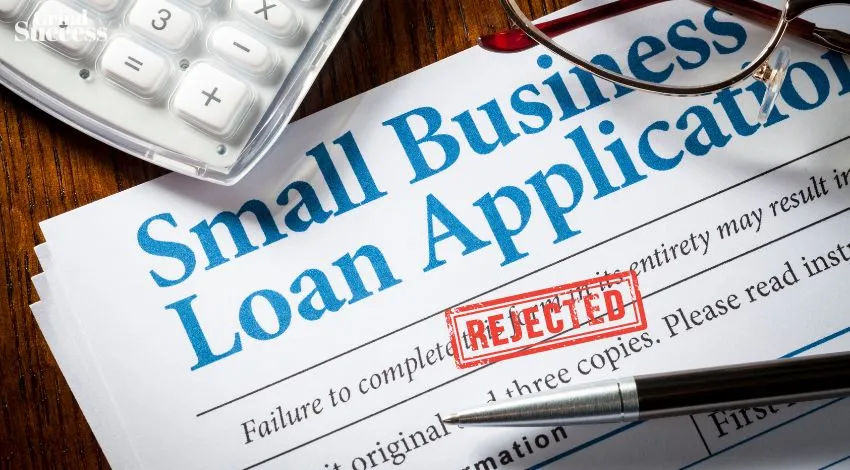How to Choose the Best Mutual Funds

There are certain tricks to succeed in trading. For instance, you must indulge in fundamental analysis before buying shares in an IPO (Initial Public Offering). Similarly, you must complete research before investing in mutual fund schemes.
Mutual fund schemes can help create substantial wealth only when they align with your investment goals. Before investing in a mutual fund scheme, you must also consider the risks involved.
Continue reading to understand how to choose mutual funds and build a strong portfolio.
Table of Contents
Decoding the Basics of Mutual Funds
Before discussing the process of choosing the best mutual funds, it is essential to understand how they work. They are collective investment schemes or investment vehicles in India.
A mutual fund scheme will have investments from diverse investors, from institutional to retail. The money collected from different investors is invested in a diversified portfolio.
A mutual fund portfolio can consist of stocks, bonds, money market instruments, government securities, and other assets. There is no compulsion that a mutual fund portfolio will only consist of stocks or any other asset.
Instead of purchasing individual assets, investors buy a basket of securities through mutual fund schemes.
Since a mutual fund has several assets in its portfolio, it requires extensive management. For the same rationale, every mutual fund has an experienced manager.
The fund manager makes day-to-day decisions, like choosing securities, applying risk management strategies, or publishing fund commentaries. Mutual funds are preferred by investors who do not want to indulge in decision-making.
Once you invest in a mutual fund scheme, you do not have to worry about it daily. However, checking the mutual fund performance at regular intervals is suggested.
Investors can find mutual fund schemes with the help of Asset Management Companies (AMCs), stockbrokers, and financial institutions in India.
Choosing the Best Mutual Funds for High Returns
You cannot choose any mutual fund scheme without proper research and analysis. Here’s how to choose mutual funds and enjoy high returns:
1. Check Out the NAV of the Mutual Fund
A mutual fund’s Net Asset Value (NAV) represents the per-unit price. A mutual fund is traded in units. The entire fund portfolio is divided into tradable units. Checking the historical NAV performance before investing in a mutual fund is essential.
When the NAV has performed well in the past, it means the mutual fund portfolio has become strong. A high NAV isn’t always bad, as it signifies the continued growth of the mutual fund portfolio.
However, retail investors can find mutual fund schemes with affordable NAVs. Don’t invest in mutual funds whose NAVs are continuously declining. The historical NAV performance can be found on the fund house’s website or mobile application.
2. Check Out the Expense Ratio
NAV is not the only factor to consider before investing in a mutual fund. Investors must make a habit of checking the expense ratios of mutual funds. The expense ratio includes the administrative and management costs of a mutual fund.
The fund manager’s commission is also included in the expense ratio. A mutual fund with a high expense ratio might lower your returns. The expense ratio is denoted as a percentage of total assets under Management (AUM).
The expense ratio expressed as a percentage might seem small in the beginning. However, it might add up to a significant amount when calculated for the entire portfolio. Prefer choosing a mutual fund scheme with a lower expense ratio.
3. Consider the Taxes
As per the Income Tax Act and SEBI guidelines, capital gains are subjected to taxes. The returns generated through a mutual fund will be subjected to taxes. For instance, long-term capital gains through a mutual fund are taxed at 15% in India
Investors can rely on ELSS (Equity Linked Savings Scheme) to save on taxes in India. ELSS is a special mutual fund category that offers tax benefits.
4. Check Out the Exit Load
Exit load is the fee the fund house charges when you redeem or sell your mutual fund units. It is applied only when mutual fund units are sold within a short period. Fund houses discourage short-selling through exit load charges.
However, we never know when we will require emergency funds. For the same rationale, investors must consider the exit load before investing in a mutual fund scheme.
5. Check the Overall Fund Performance
Do you know how to choose mutual funds based on overall performance? A fund performance report will include many factors, like AUM, NAV, and expense ratio.
It also contains details regarding the fund’s historical performance for the past five, ten, or more years. Fund performance reports contain information regarding investment strategies and risk management techniques.
There will be charts and graphs to explain the growth or downfall of a fund with time. Most fund houses issue or publish performance reports on their websites.
Fund houses also issue fund commentaries at regular intervals, which can help understand the current performance of a mutual fund.
Conclusion
Investors must understand how to choose mutual funds based on NAV, expense ratio, and other factors. One must compare different mutual fund schemes based on their performance before making a decision.
Try choosing a mutual fund that aligns with your investment and risk management strategies. You can use the performance reports or fund commentaries to know the applicable investment strategies and risk management techniques. Choose the best mutual fund scheme today!
This post was proofread by Grammarly. Try it – It’s Free!
Millions trust Grammarly’s free writing app to make their online writing clear and effective. Getting started is simple
Email, SMS, and more — Klaviyo brings your marketing all together, fueling growth without burning through time and resources.
Deliver more relevant email and text messages — powered by your data. Klaviyo helps you turn one-time buyers into repeat customers with all the power of an enterprise solution and none of the complexity.







![Money-Savvy Advice Frugal Manufacturers Must Follow In [2024] Money-Savvy Advice Frugal Manufacturers Must Follow In [2024]](https://grindsuccess.com/wp-content/uploads/2022/12/Frugal-Manufacturers.webp)